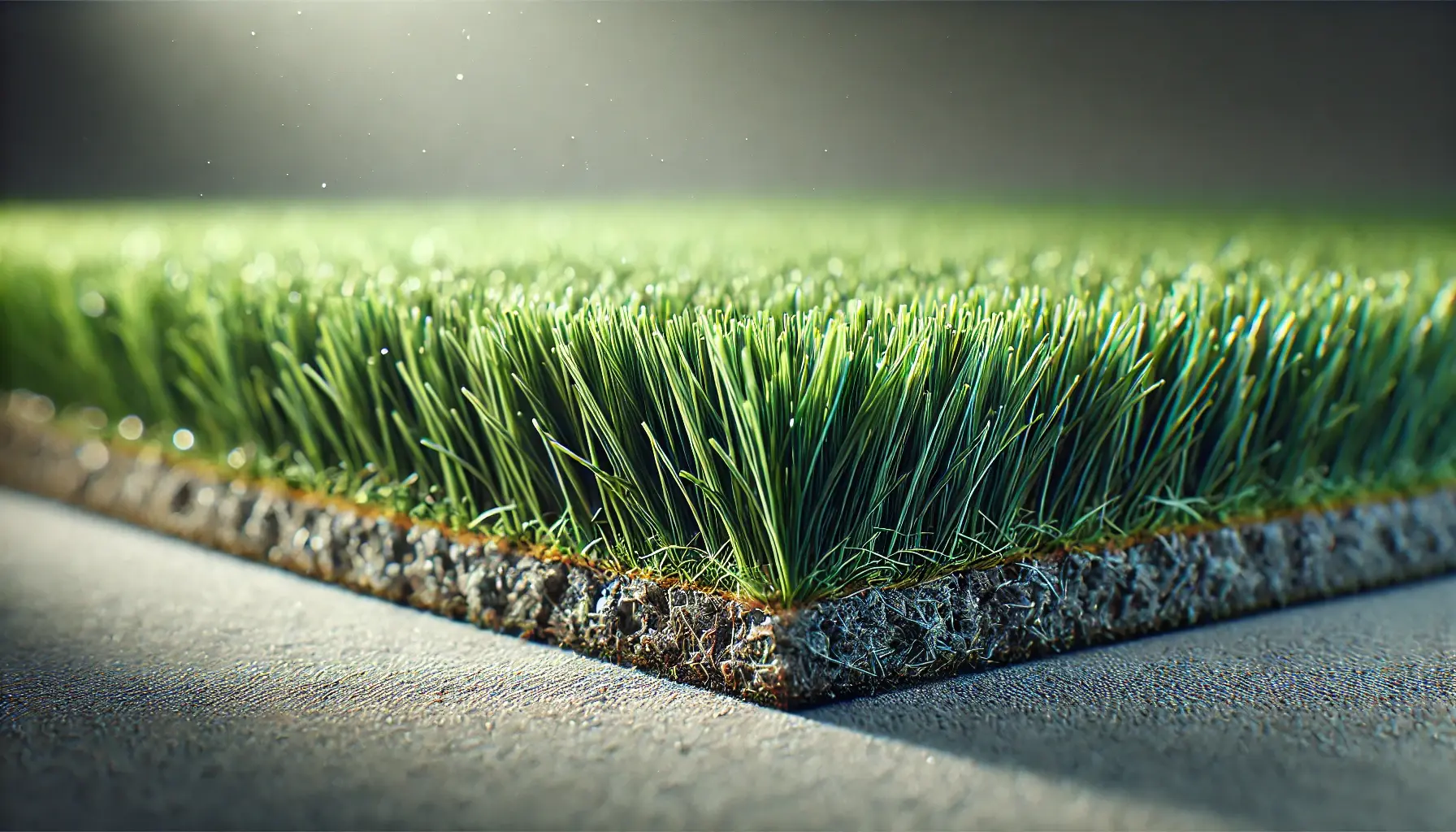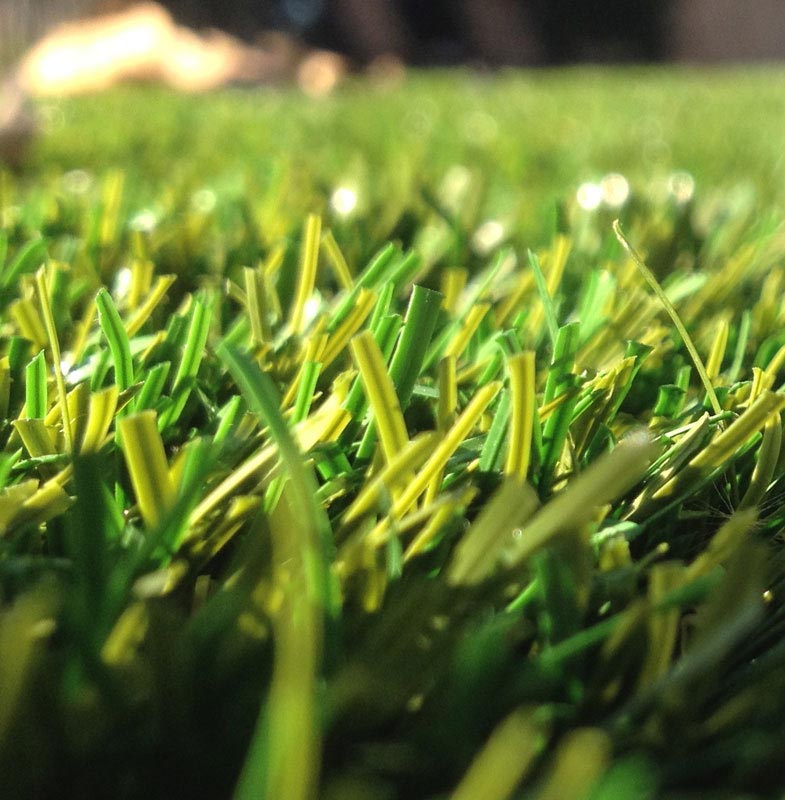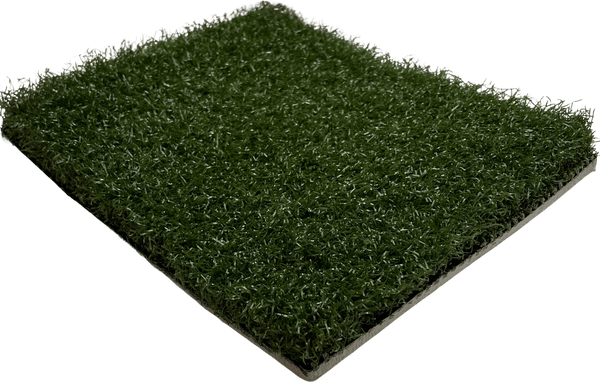Find Reputable Artificial Turf Companies Phoenix for Your Landscaping Needs
Find Reputable Artificial Turf Companies Phoenix for Your Landscaping Needs
Blog Article
Look Into the Environmental Benefits of Opting for Synthetic Grass Solutions
The fostering of synthetic grass options provides a compelling possibility to attend to pressing environmental obstacles. By dramatically minimizing water use and lessening the application of damaging chemicals, these alternatives not just advertise sustainable landscape design however additionally secure regional communities. In addition, the lower carbon footprint associated with lowered maintenance tasks contributes to a more sustainable technique to land management. The effects of these benefits prolong past mere conservation efforts, elevating questions regarding their lasting impact on habitat preservation and general ecological balance. Discovering these measurements reveals a complicated interaction worth considering.
Water Preservation Conveniences
Among one of the most substantial benefits of fabricated lawn is its capability to save water. Conventional turf lawns call for substantial irrigation, especially in locations vulnerable to drought or water restrictions. In contrast, synthetic grass does not require watering, significantly decreasing the overall demand for water sources. This feature is particularly helpful in arid areas where water scarcity is a pressing issue.
By removing the requirement for regular watering, synthetic grass adds to sustainable landscape techniques and helps minimize the environmental effect of excessive water intake. The conservation of water expands to the reduction of overflow, which can lead to dirt disintegration and waterway air pollution.
Additionally, the installment of synthetic grass permits property owners and districts to assign water sources more efficiently, concentrating on crucial uses such as alcohol consumption water and farming. The shift towards man-made turf not only promotes accountable water usage yet additionally lines up with wider ecological objectives aimed at protecting natural deposits.
As neighborhoods significantly focus on sustainability, the water preservation advantages of synthetic grass offer a compelling case for its adoption in property and commercial landscape design tasks.
Reduced Chemical Usage
The transition to synthetic turf considerably decreases the reliance on chemical therapies frequently made use of in natural turf upkeep. Standard grass administration commonly entails the application of pesticides, herbicides, and plant foods to advertise growth and control insects. These chemicals can pose risks to human wellness, neighborhood wildlife, and the environment, adding to dirt and water contamination.
On the other hand, synthetic grass eliminates the demand for these harmful substances. Once mounted, it needs minimal maintenance, mostly including normal cleaning and infrequent infill replenishment. This decrease in chemical usage not just benefits the prompt atmosphere however also adds to wider environmental stability. By decreasing the release of artificial compounds right into the environment, synthetic lawn promotes much healthier soil and water supply.
Moreover, the lack of chemical overflow connected with man-made turf setups aids safeguard neighborhood waterways from contamination, sustaining water life and keeping biodiversity. Turf installation phoenix az. As areas increasingly prioritize lasting methods, deciding for synthetic grass provides a viable option that aligns with ecological conservation goals. With this change, homeowner can enjoy lavish eco-friendly areas without compromising environmental health and wellness, leading the way for a much more sustainable future
Reduced Carbon Impact

Moreover, the setup of artificial turf can cause significant water conservation. Natural yards require considerable quantities of water for irrigation, which not only adds to the carbon footprint connected with water extraction and therapy but likewise pressures regional water resources. In contrast, man-made turf needs very little maintenance, requiring no watering, thereby considerably minimizing water usage and its associated energy expenses.
Furthermore, the durability of artificial grass adds to its lower carbon influence. With a life-span of as much as 15 years or more, the demand for constant substitutes you can look here is reduced, causing less waste and lower power consumption in manufacturing and dealing with conventional yard choices. Generally, synthetic grass presents a lasting option for environmentally aware landscape design.
Environment Preservation
Environment preservation is a vital factor to consider in the argument over landscape design choices, especially when contrasting synthetic grass to natural grass. All-natural turf yards commonly need extensive upkeep, consisting of making use of pesticides, fertilizers, and herbicides, which can adversely affect local ecological communities. These chemicals can seep into the dirt and rivers, hurting native plants and animals and interrupting local environments.
In comparison, synthetic grass provides an opportunity to minimize the eco-friendly footprint of landscaping. By going with artificial turf, homeowners can decrease the disturbance of all-natural habitats connected with typical lawn treatment techniques. Fabricated turf gets rid of the demand for hazardous chemicals, therefore shielding nearby wild animals and keeping the stability of surrounding communities. The installment of man-made lawn can lead to the conversion of previous grass areas into more biodiverse landscapes, such as pollinator gardens or native plant locations, which can sustain regional wild animals.
Eventually, the shift to synthetic grass not only preserves water and lowers upkeep efforts however likewise fosters a more unified partnership between human tasks and the natural surroundings, promoting environment preservation in the process.
Long-Term Sustainability
Lasting sustainability is a crucial consider reviewing the advantages of synthetic grass over traditional yard yards. Among one of the most considerable benefits of synthetic grass is its longevity; it can last approximately 15-20 years with very little maintenance, whereas all-natural turf calls for constant reseeding and replacement. This longevity minimizes the requirement for consistent sources, such as water, fertilizers, and chemicals, which are necessary for maintaining a healthy and balanced yard yard.
Furthermore, artificial grass contributes to a decrease in carbon discharges connected with yard treatment devices. Typical grass typically require gas-powered mowers, leaners, and blowers, all of which add to air pollution. Arizona turf. On link the other hand, synthetic grass removes the requirement for such devices, advertising a cleaner atmosphere
In addition, the production of synthetic grass increasingly uses recycled products, improving its sustainability account. As producers embrace environmentally friendly techniques, the environmental impact of fabricated turf proceeds to diminish.

Final Thought
The adoption of fabricated turf services offers considerable environmental benefits, including considerable water conservation, minimized reliance on harmful chemicals, and a reduced carbon footprint. Artificial grass help in preserving all-natural habitats by lessening land disturbance and promoting lasting sustainability through the use of long lasting materials. Collectively, these aspects underscore the capacity of synthetic grass to add favorably to environmental health and wellness and supply a viable option to typical landscape important source design techniques in an increasingly resource-conscious globe.
In contrast, synthetic grass does not require watering, considerably reducing the general need for water sources. By minimizing the release of synthetic compounds into the environment, fabricated turf promotes healthier soil and water systems.
In addition, the installment of fabricated turf can result in significant water preservation. In contrast, artificial grass requires marginal upkeep, needing no watering, therefore significantly decreasing water usage and its associated energy costs.

Report this page